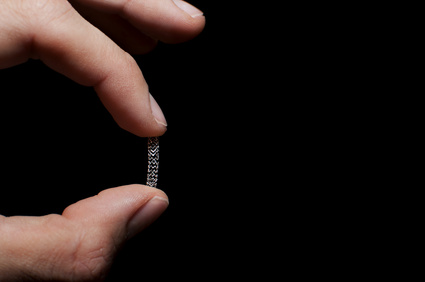At present TAVR is a valid alternative to treat different risk groups of patients with severe aortic stenosis.

Among the different valves, there are two types, the self-expanding (SEV) and the balloon expandable (BEV) valves, that are the most implanted and the most researched by randomized studies across different risk groups. There are different generations of these valves.
At present, there is little information on their comparative efficacy and safety.
We looked at the OPERA-TAVI Registry comparing the evolution of severe aortic stenosis patients receiving TAVR with SEV (EVOLUTE PRO) vs BEV (Sapien 3 ULTRA).
It included 3094 patients, but full data was obtained from only 2241 (SEV = 1329 -59.3%- and BEV = 941).
Primary end points were efficacy and early safety of these devices at 30 days.
Seeing as the populations were different, patients were match with propensity score, which left 683 patients in each group.
Read also: Do Symptoms and Quality of Life Differ between Focal and Diffuse Coronary Artery Disease?
Mean age was 81, 54% were women, 86% hypertensive, 30% diabetic, 10% had kidney function deterioration, 10% MI, 6.5% CABG, 25% atrial fibrillation, 7% RBBB and STS score 3.3%.
Systolic function was conserved, AV ring was 0.7 cm2 and mean gradient was 43 mph.
SEV patients presented more oversizing, pre and post-dilation.
At 30 days, there were no differences in efficacy end point (SEV: 87.4% vs BEV: 85.9%; P=0.47), but early safety end point at 30 days was in favor of BEV (SEV = 69.1% vs BEV = 82.6%; P < 0.01). Neither were there differences in all-cause mortality, disabling stroke, MI and rehospitalization for cardiac failure, but SEV presented more disabling stroke (2.3% vs 0.7% p=0.03) and more pacemaker implantation (SE = 17.9% vs BE = 10.1%; P < 0.01).
SEV had lower mean gradient (17.9% vs 10.1%; P < 0.01), lower mean gradient >20 mmHg. (1.0% vs 8.3%; P < 0.01) and paravalvular regurgitation (42.7% vs 22.5%; P < 0.01) with no difference in moderate to severe paravalvular regurgitation (3.2% vs 2.3%; P=0.41).
Conclusion
The OPERA-TAVI showed SEV and BEV presented a success rate comparable to Valve Academic Research Consortium-3, but BEV had a higher rate of early safety. SEV presented higher need for pacemaker implantation and disabling stroke, which drove the combined end point.

Dr. Carlos Fava.
Member of the Editorial Board of SOLACI.org.
Original title: Transcatheter Aortic Valve Replacement With the Latest-Iteration Self-Expanding or Balloon-Expandable Valves. The Multicenter OPERA-TAVI Registry.
Reference: Giuliano Costa,et al. J Am Coll Cardiol Intv 2022;15:2398–2407.
Subscribe to our weekly newsletter
Get the latest scientific articles on interventional cardiology





